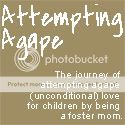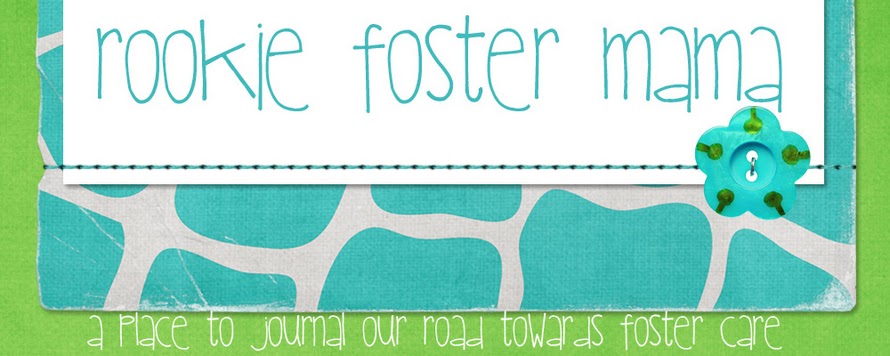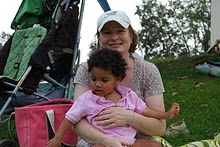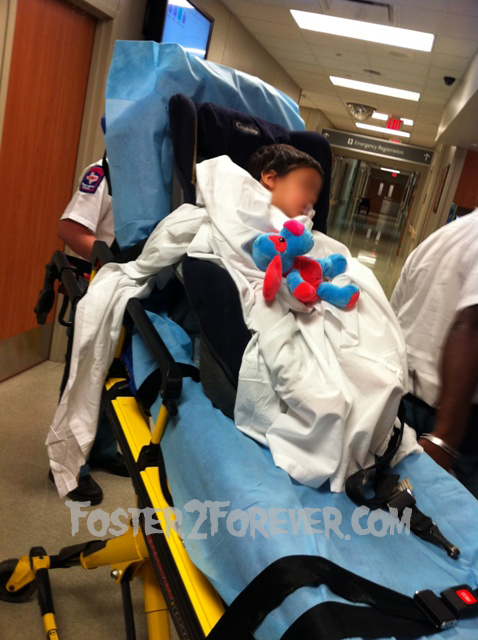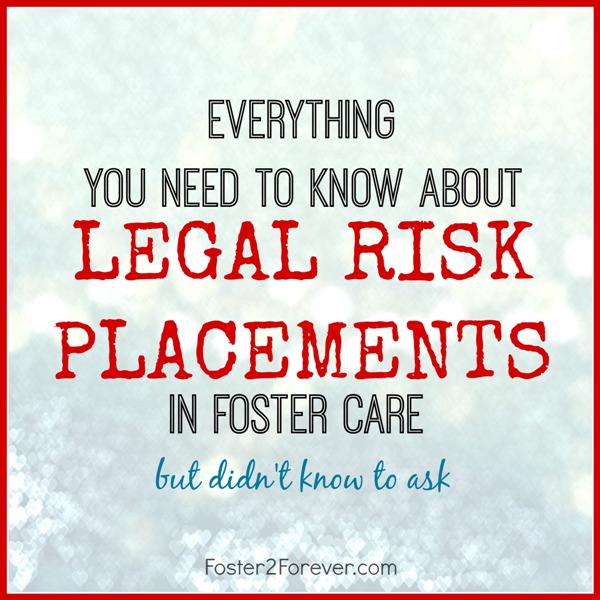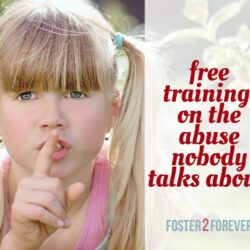The need for foster parents is constant. There are always children in need of loving and safe foster parents to help them heal from circumstances beyond their control. By entering into the world of foster care parenting, you are giving a child a gift that cannot adequately be described through words.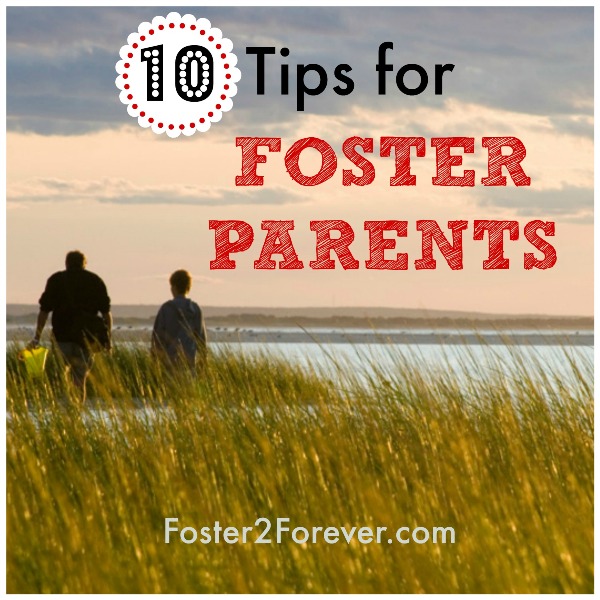
![]()
A similar wordlessness arises concerning the practical aspects of the foster care process. A common question is: How do I help a foster care child transition into my household or family? There are actually a number of ways to help the child become better acquainted with his or her new surroundings.
1. Love the child with your whole heart.
Open your heart wide and love a foster care child as you would your own. Use terms that signal this endearment, like, “I think of him as my son,” and, “My girls get along great.” Demonstrate that love with a physical connection in the same manner as a niece or nephew — the tussle of the hair, the pat on the back. Give consistent verbal praise when reviewing school work or helping out in the yard. Who doesn’t like to hear the words, “You did a great job. I’m really proud of you.”
2. Create opportunities to talk.
Chances are that you had a long day at work and that you were already living a busy life before becoming a foster parent. When a kid has something important to say, it doesn’t come out with an adult’s schedule in mind. Sometimes it’s just a seemingly random blurt. Other times it requires you to pry it out. Try scheduling activities that lend themselves to sharing, like a challenging hike or a car trip for an overnight at grandma’s. Or, try consistently sitting down to dinner, asking about their day and talking about yours.
3. Be prepared to listen.
Children in foster care have heart-breaking stories to tell. You are going to have to be strong to sit still and listen to the child you love tell you that they were abused or neglected. At the same time, your child may talk defensively about their parents. Listening is difficult – the inclination is to stop the narrative because it stops us from learning what’s happened. When you listen, you are signaling to the child that you can handle their sadness and you continue to love them.
4. Use the placement agency as an on-going resource.
A child in foster care is part of a network of trained specialists, particularly social workers. Don’t be afraid to ask for help. The social worker knows the child, knows about the history of the child, and knows what additional resources can be utilized to provide the best chance for the child’s future.
5. Build a network of people for you, as well as for the child.
You are going to need support, too. It’s a big transition to bring a child into your home. Just as the child needs you to love him or her, you are going to need family and friends who can listen to your challenges, provide meaningful advice and give you hugs or bake you dinner when you need a breather.
6. Stop in to speak with people at school.
You simply can’t go wrong by speaking with everyone from the Principal to the Teacher’s Aide. You need everyone around the child to be on your team. Teachers may identify a need for testing or special education resources to help the child at school, and you will want to be sure that those services get delivered. Remember: You can get in touch with the social worker who will have the legal authority to pull the file and even go back to prior schools or providers to try to obtain accurate information.
7. Actively engage as a leader in an extra-curricular activity.
Guess what? Your bleacher days are over. Time to become the team coach or the field trip chaperon. An invaluable way to bond with your child will be to actively involve yourself in his or her childhood activities and the other adults who are also helping out.
8. Start new traditions.
Even if you already do something one way, why not make up something new for the whole family? A favorite is building a new tradition around your new child’s birthday. What family doesn’t enjoy some cupcakes, fruit punch and festivity?
9. Be ready for some tears.
It is only human to cry. Many a child’s tears are over a skinned knee, to which we can apply some salve and a Sponge Bob band-aid, give a kiss and send them happily off to play — but a child in foster care may cry for reasons we do not understand and cannot as easily repair. It can make us feel as helpless as the child. This is when it’s most important to remember that tears are also a way for the child to face his or her fears and loss, and to learn to self-soothe. No one truly wants to cry alone. Even if a door slams or little feet run in the opposite direction, find the strength to stretch out your open arms and wrap the child in an embrace that lets him or her know that even if they once were afraid, they do not have to be now.
10. Understand the fear of impermanence.
Even if everything goes “perfectly” in your new family, you will have to live each day with the possibility that the child may be sent back to the parents who abused or neglected them in the past. Now think about that from a child’s perspective and you will understand why children in foster care can put up barriers, intentionally and unintentionally. As you demonstrate, day by day, that you are taking that emotional risk, so, too, will the child. Children learn so much by example, and impermanence is a part of everyone’s life.
JOIN OUR PRIVATE FACEBOOK GROUP FOR FOSTER PARENTS
This post was written by Jeff Herbst. Jeff works with the University of Southern California’s Online MSW degree program offered through the School of Social Work. The program offers a concentration in Families and Children which provides social workers with the knowledge to help families resolve problems.


